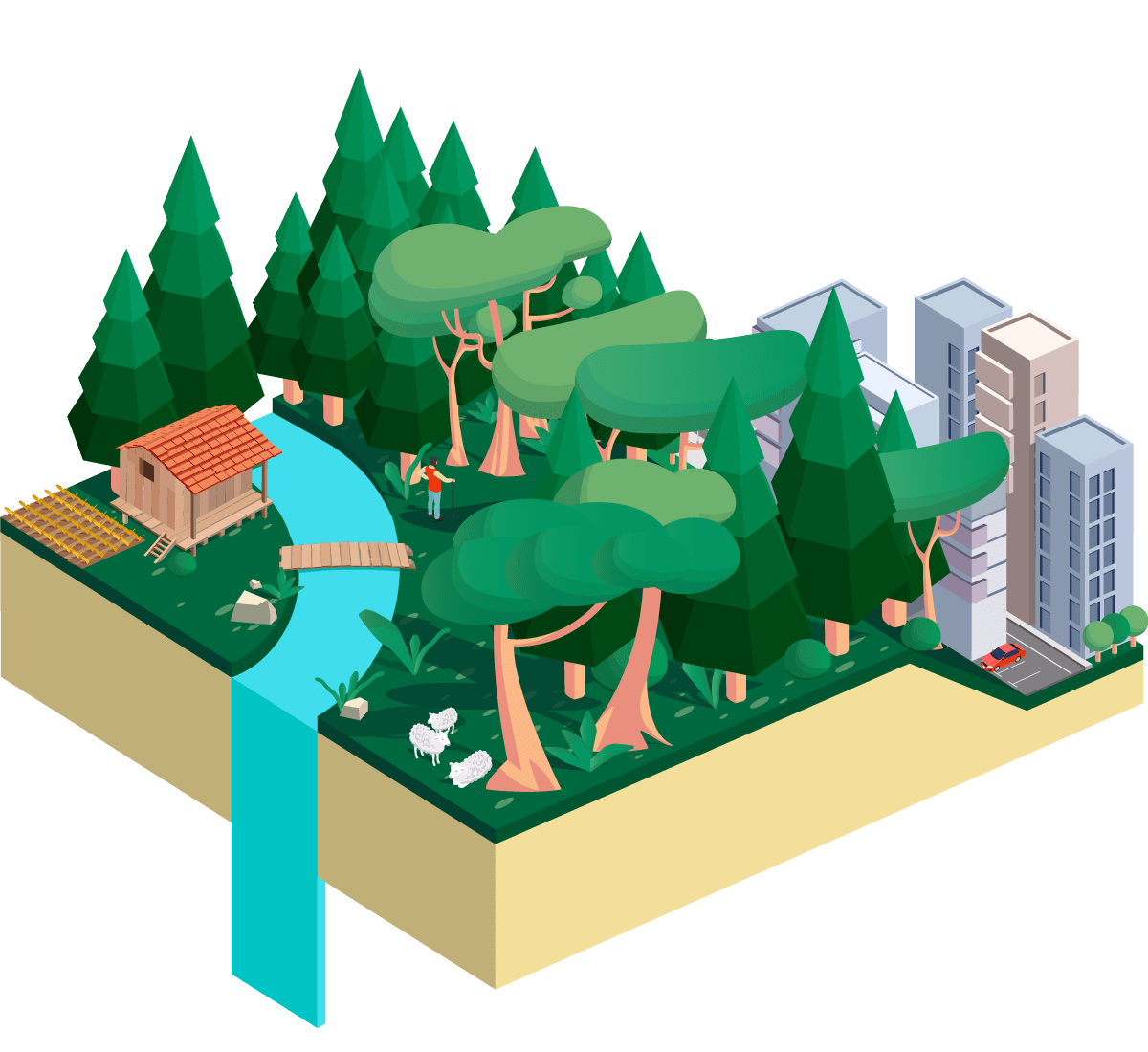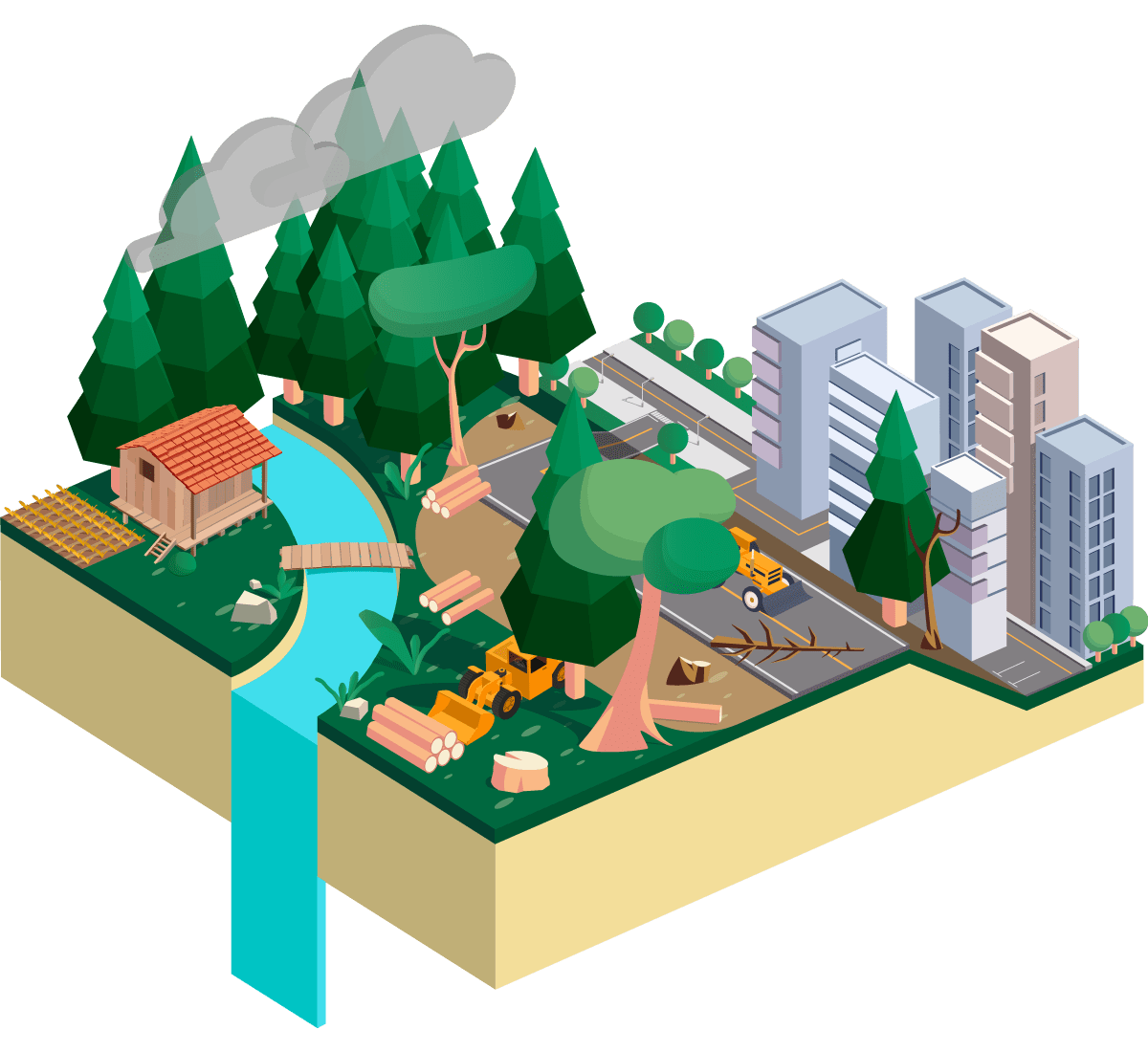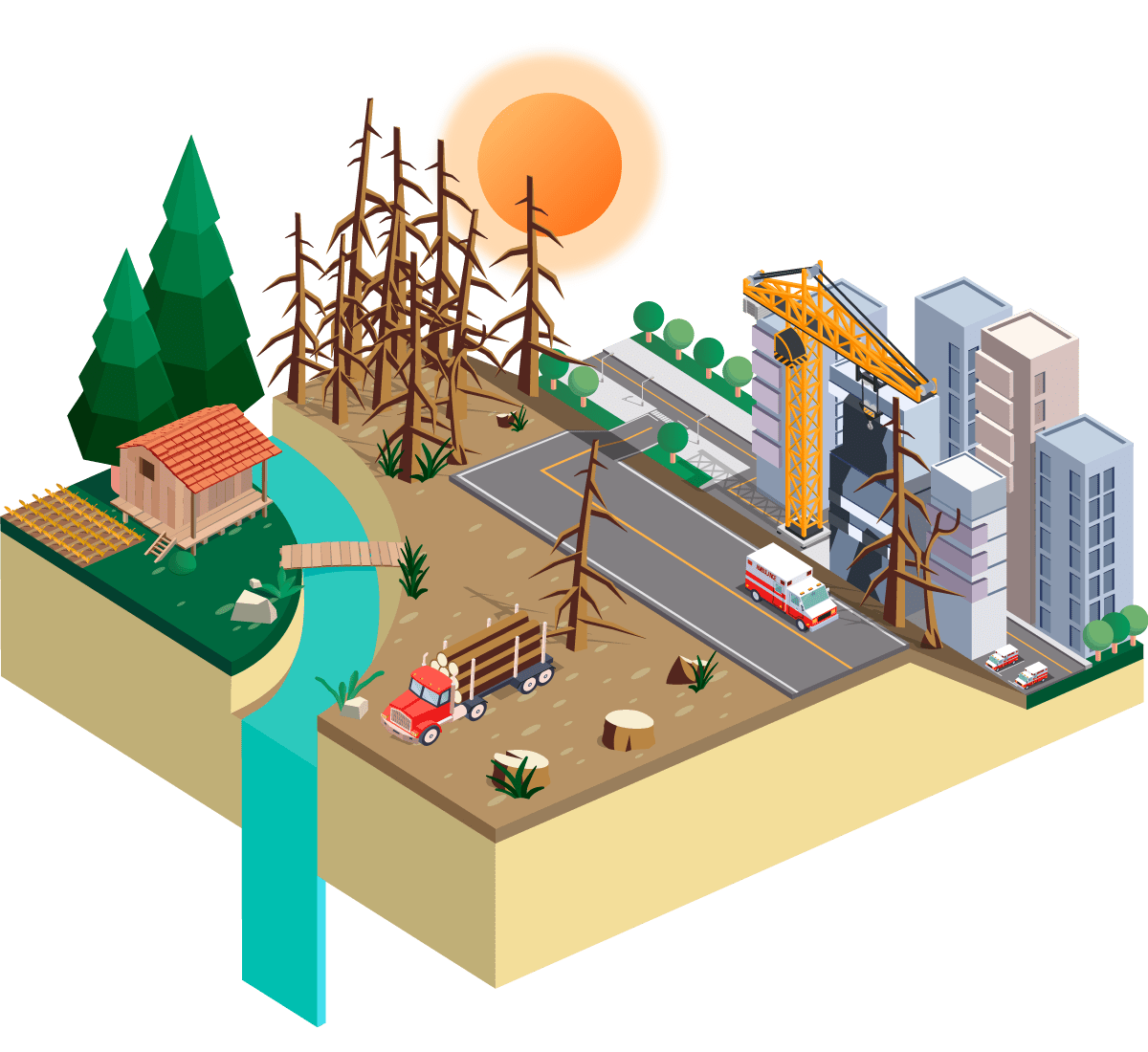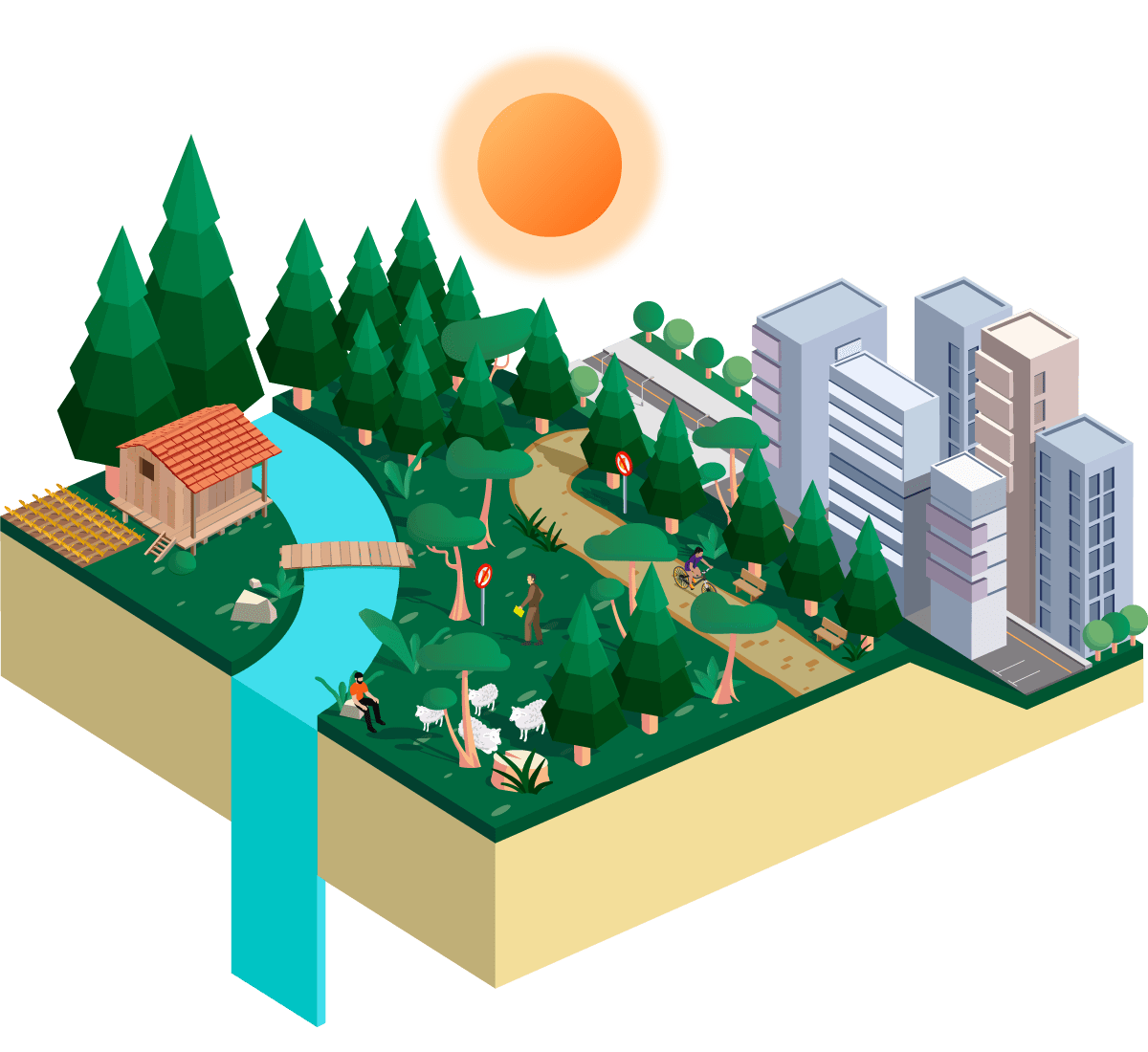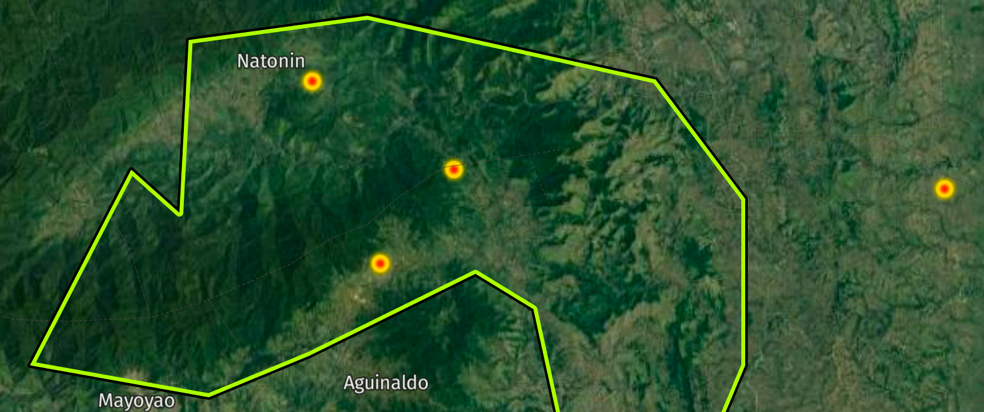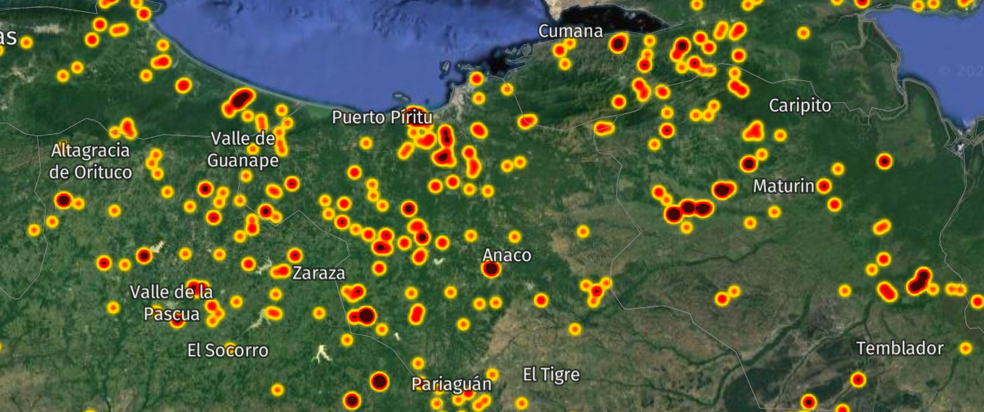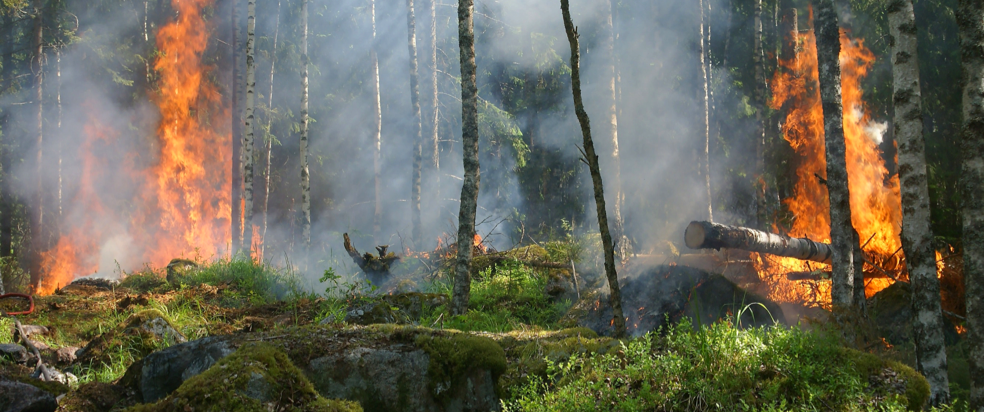Topics
Explore the relationship between forests and several key themes critical to sustainability and the health of our future ecosystems.
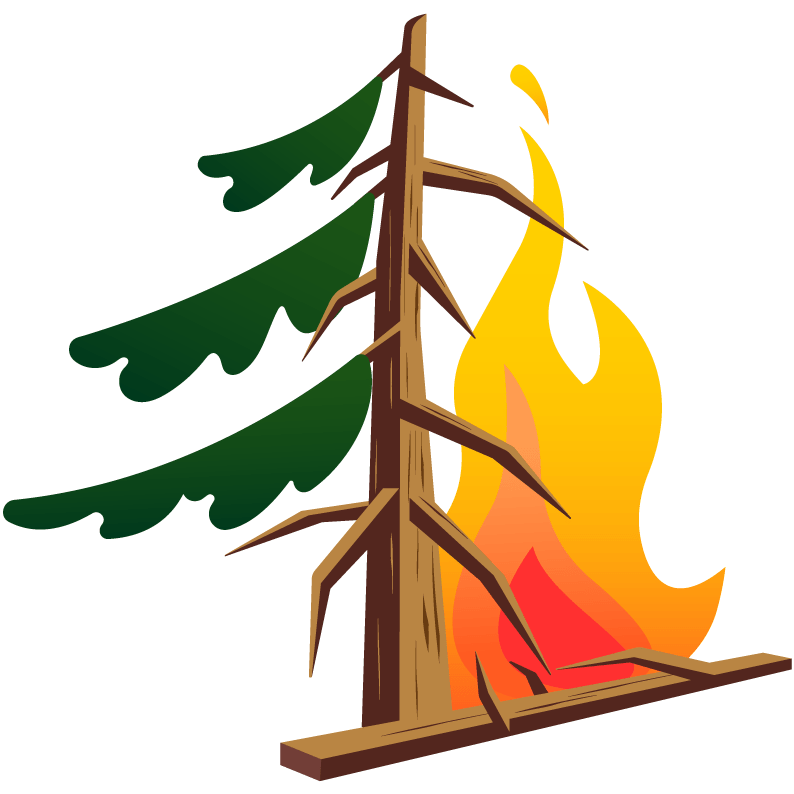
Fires
Although wildfires are a natural occurrence within some forest ecosystems, fire seasons are becoming more extreme and widespread, even in tropical rainforests where fires are atypical and particularly damaging. Hotter, drier weather caused by climate change and poor land management create conditions favorable for more frequent, larger and higher-intensity wildfires.
Scroll to discover
Topics
Explore the relationship between forests and several key themes critical to sustainability and the health of our future ecosystems.
Fires
Although wildfires are a natural occurrence within some forest ecosystems, fire seasons are becoming more extreme and widespread, even in tropical rainforests where fires are atypical and particularly damaging. Hotter, drier weather caused by climate change and poor land management create conditions favorable for more frequent, larger and higher-intensity wildfires.

Scroll to discover
